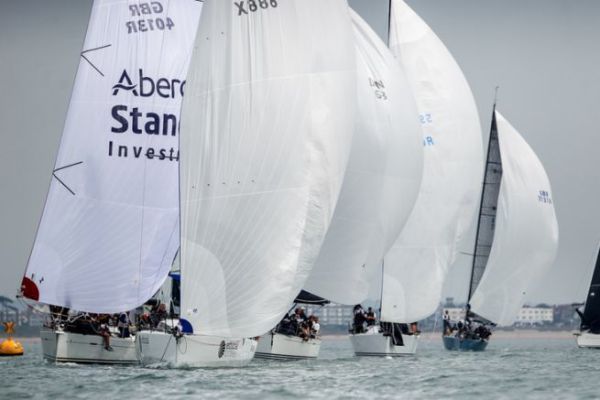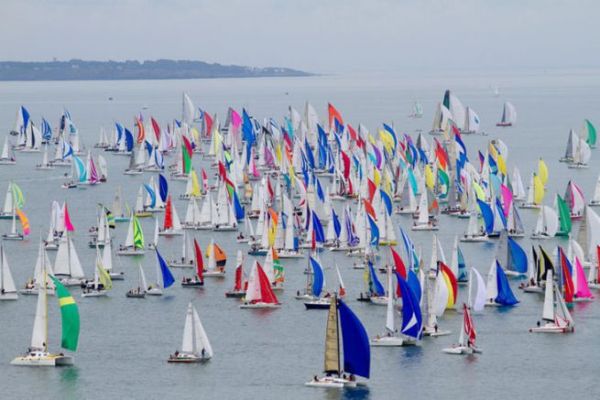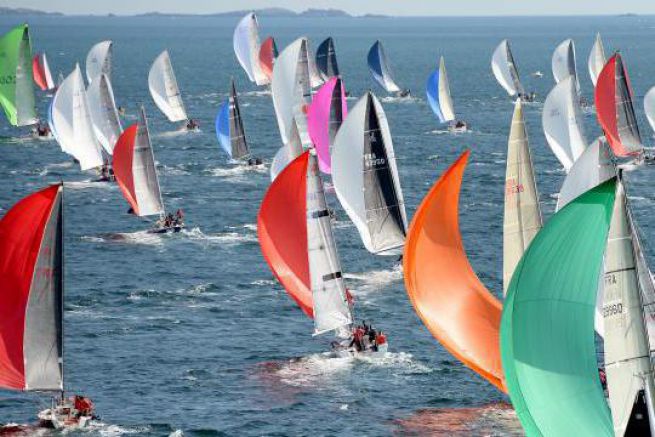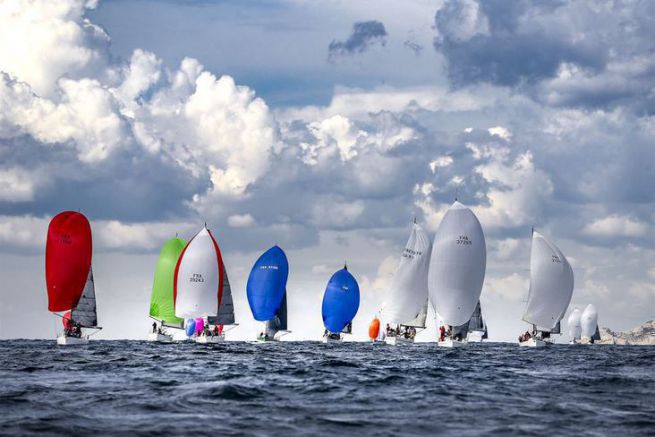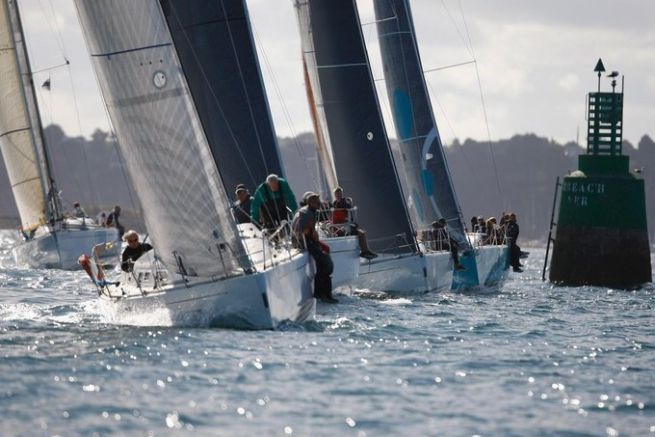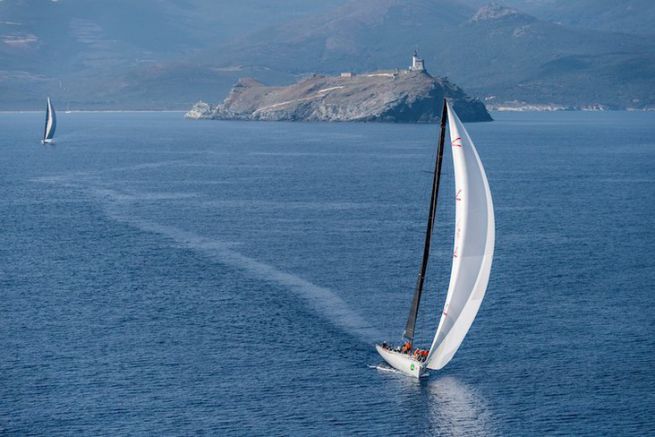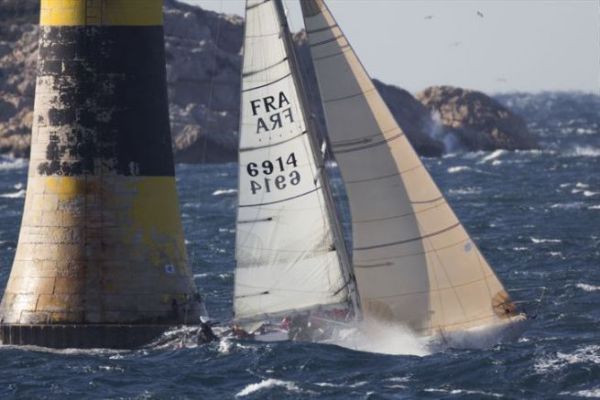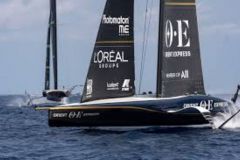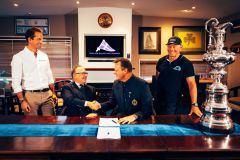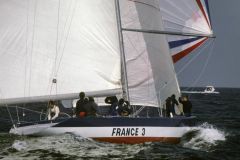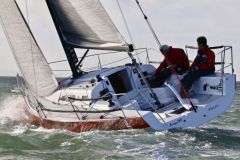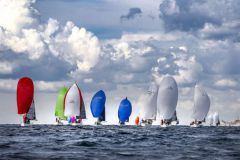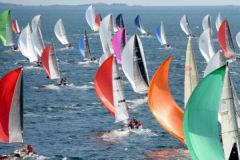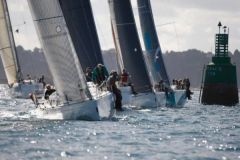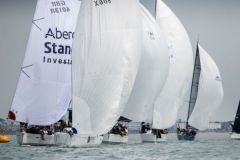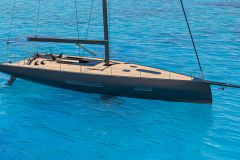What is a jauge??
A gauge is mainly used to organize regattas. Its purpose is to structure a fleet in order to establish a fair ranking at the finish of the race.
In an attempt to move towards equity, two models are available to sailors and organizers: real-time or compensated racing.
The gauge works in two ways
- Either by establishing restrictive factors to participate in a race. This will create a homogeneous fleet capable of racing in real time.
- Either by establishing corrections of race times in order to allow a fair comparison of very different boats (size, sailing program, design, age...)
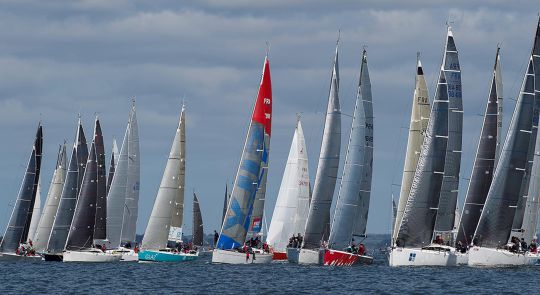
Compensated time: To manage a heterogeneous fleet
Handicap gauges were designed to achieve a fair confrontation: since the boats taking part in the regatta differ too much from each other, it is necessary to correct the real race time.
So we set up a compensated time system. The fastest sailboats are theoretically handicapped so as not to disadvantage the slowest.
With this system, it is likely that the first sailboat to cross the finish line will not be the winner of the race.
Although totally imperfect, the gauges manage to make us run in good conditions and make the race "less unfair".
To establish correction tables called ratings or time allegiances, there are two methods:
- An empirical measure of the performance of a given boat in the form of race time statistics (e. g. HN gauge). The advantage of this method is that the real potential of a First 31.7 is well evaluated since the time it has been sailing. But the disadvantage is that a new boat will be assigned a rating arbitrarily.
- A calculation of theoretical performance evaluation according to the dimensions and characteristics of the boat (such as IRC for example). Thus, a formula takes into account the characteristics of the boat: Length, width, rigging, keel, rudder, centre of gravity. As the universal formula does not yet exist, the formulas only compare fairly similar boats.
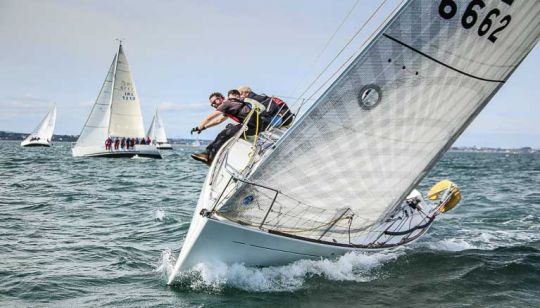
Real time: obtain a homogeneous fleet.
In order to guide the design and construction of racing yachts, restriction gauges have been introduced. The object is to create a framework so that sufficiently similar boats can run in real time.
When a restriction gauge is pushed to its peak, it becomes a monotype . But many restriction gauges are open, such as the IMOCA gauge, the America's Class gauge or the Mini gauge. This is what the Anglo-Saxons call the "rule box". To participate in the same regatta, the boats must fit into the same "box".
Gauges offer more or less architectural or technological freedom. For example, the Minis 6.50 proto gauge does not constrain the shell shapes. Hence the multiplication of the new Mini6.50 with scow shapes (sailboat with very wide bows) since David Raison demonstrated the architectural advantage.
However, the Class40 gauge does not allow these hull shapes so as not to render the rest of the fleet obsolete. Again, this is a problem related to the organization of regattas. If a form of hull - through its innovations - gives a very clear advantage to a new generation of boats, it is likely that owners of older generation boats will no longer take part in games that are lost in advance.
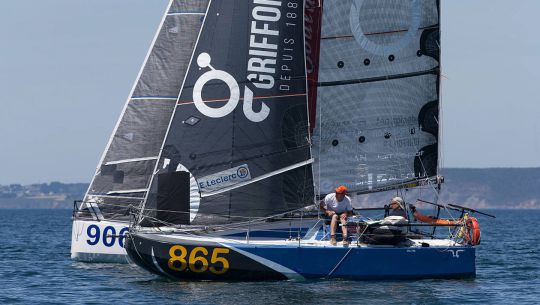
A gauge manages and protects a fleet.
Through her spirit she will more or less promote technological advances. The new Classs America Gauge has just invented the AC75' flying monohulls which will go faster than the AC50' catamarans.
The ideal gauge has yet to be invented. The public, means, motivations and practices are changing rapidly. The right gauge will be the one that brings together as many sailors as possible to play at advancing a sailboat as quickly as possible from one point to another.

 /
/ 

